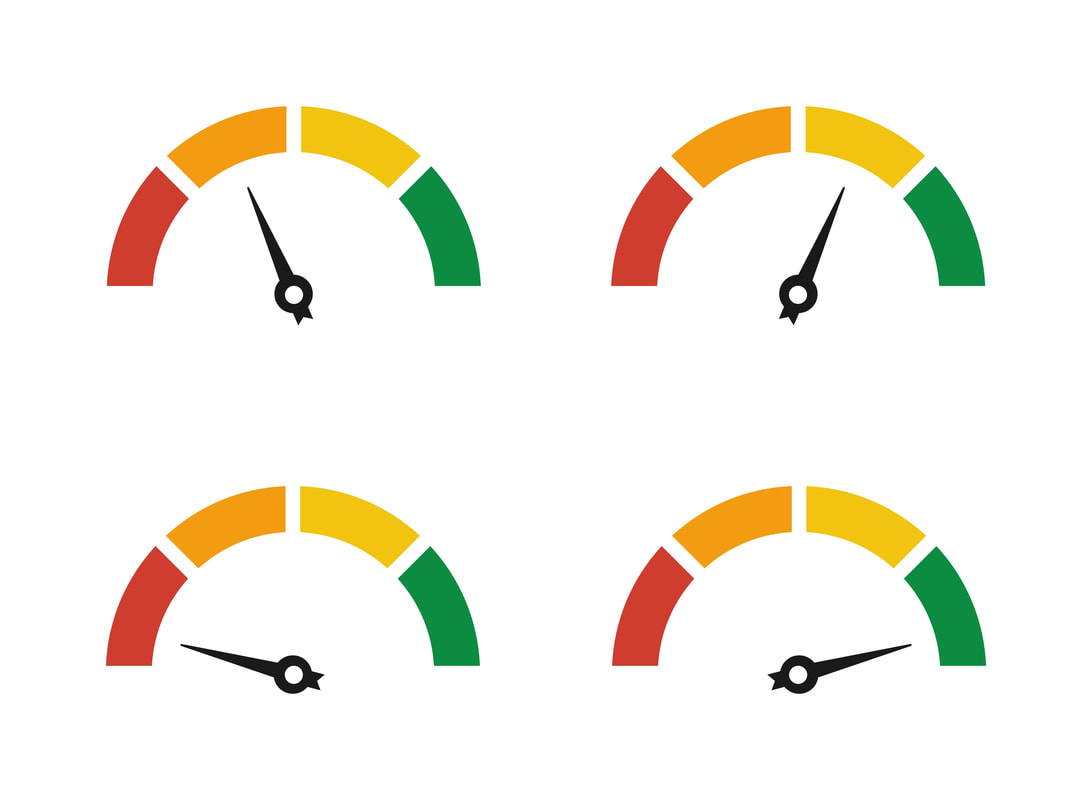|
[3 min read - open as pdf]
[3 min read - open as pdf]
[5 min read]
2022 was a reminder of the importance of dispersion within equity markets. It turns out this lesson remains relevant in 2023 but with very different - almost opposite - themes. Read the article in FT Adviser [3 min read, open as pdf]
[3 min read, open as pdf]
[5 min read]
In the ultra-low interest rate era that followed the financial crisis, there was little incentive to allocate to cash. But should the promise of a now-meaningful risk-free return prompt investors to switch away from equities? Read the full article in FT Adviser [3 min read, open as pdf]
[5 min read]
[5 min read, open as pdf]
Consumer Duty: what do advisers need to do? Who's a manufacturer, co-manufacturer, and distributor and when do the lines need de-blurring?
Watch the CISI-endorsed CPD webinar interviewing Paul Jay of ATEB [5 min read, open as pdf]
For adviser firms in good shape, consumer duty should not be a sea-change. For those that haven't got round to complying with the Product Governance obligations from 2018, there's a lot of work to do.
Read the article in FT Adviser [3 min read - open as pdf]
[1 min read, open as pdf]
[3 min read, open as pdf]
[3 min read, open as pdf]
[3 min read, open as pdf]
Higher interest rates following increases in the Bank of England “Bank Rate” means yieldson cash are attractive once again. There are different ways to access cash yields: bank deposits, platform cash and moneymarket funds each have advantages and disadvantages. Minimising frictional costs, and maximising flexibility is key when developing a cashmanagement strategy, in our view.
In this research note for our clients, we explore the role of money market funds in providing a low risk platform-based Investment with a yield similar to Bank of England rates. Further reading: Read our October 2021 comparison of money market funds and fixed time deposits |
ELSTON RESEARCHinsights inform solutions Categories
All
Archives
April 2024
|
Company |
Solutions |
|


















 RSS Feed
RSS Feed